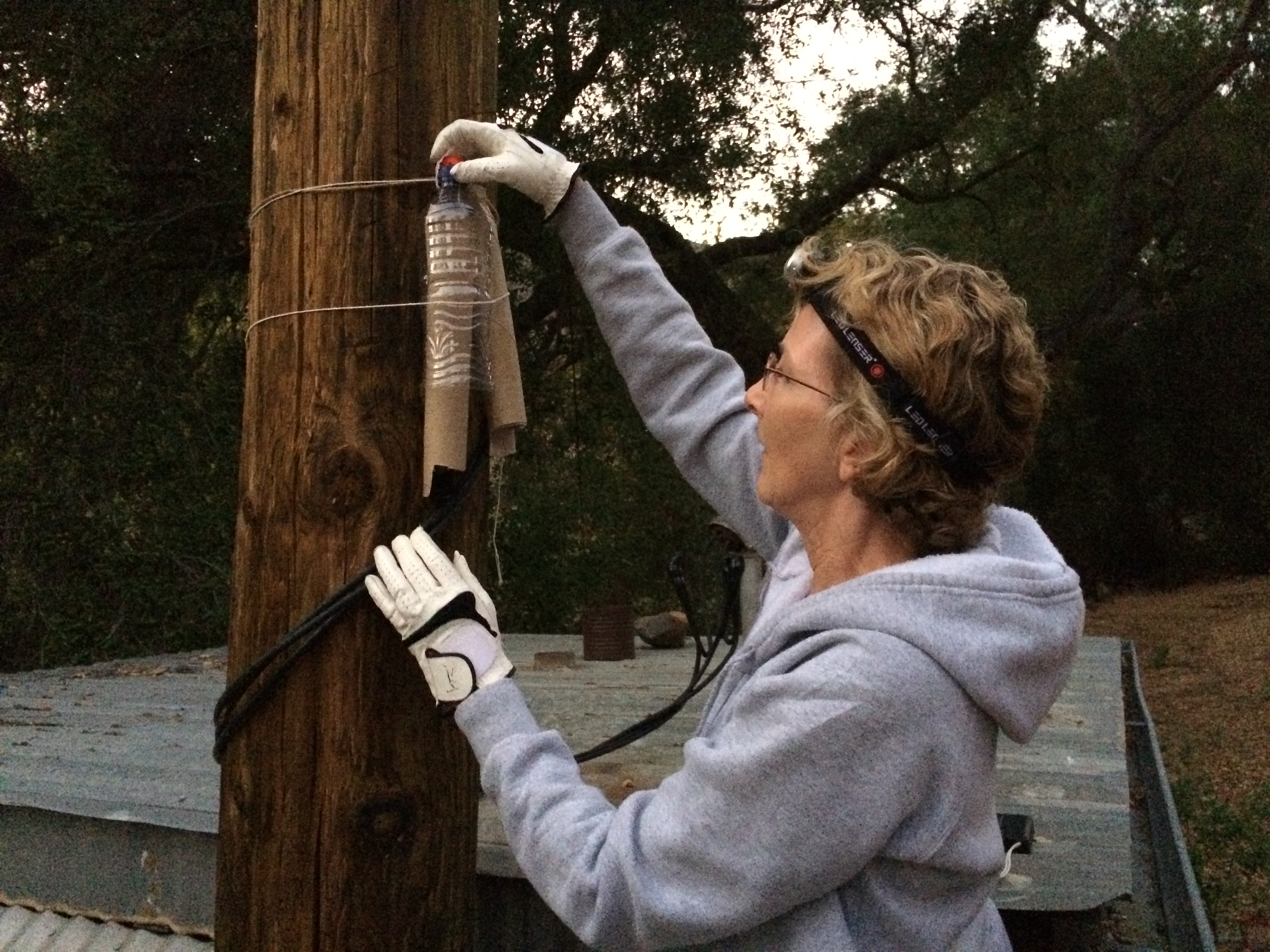FY16 Summary of activities and FY17 Goals
“Flow‐population models for tracking non‐stationary changes in riparian and aquatic ecosystems: the riparian plant component.”
Department of Defense, Strategic Environmental Research and Development Program (SERDP) funded project RC01-0877
In April, 2016 we made preliminary visits to field sites on the Santa Margarita River (SMR) through Marine Corps Base Camp Pendleton (MCBCP). We also visited sites in the Santa Margarita Ecological Reserve (SMER) which is directly upstream from MCBCP on the SMR. We visited seven sites (Table 1, Figure 1) and surveyed plants to collect trait data including height, stem diameter, canopy cover and collected leaf and wood samples to determine specific leaf area, wood density, and Carbon13:Carbon12 ratios. We sampled trait data from 103 individual plants covering 57 different plant species (37 species on the SMER) on the floodplains and channel margins of the SMR (Table 2). Our seven field sites included three distinct geomorphic settings: low energy floodplains, medium energy confined, and narrow canyon reaches along the SMR (from our hydrogeomorphic valley classification (HGVC) mapping).
The Santa Margarita River forms where Temecula and Murrieta Creek join just west of the town of Temecula, and is regulated by several headwater dams upstream of where we sampled. The base flow of the River is also influenced by extractions for municipal use by the towns of Temecula and Fallbrook as well as groundwater extractions by Camp Pendleton. Despite streamflow regulation, the Santa Margarita River has an apparently healthy floodplain forest along most of its length, including many important native trees such as cottonwood, alder, several willow species, velvet ash, walnut, and sycamore. The Woodlot, Diversion and De Luz Crossing sites have been impacted by a recent fire, but we did not see evidence of recent grazing.
Since our field trip in April, we have conducted lab work in order to calculate leaf area, wood density, and Carbon13:Carbon12 (C13:C12) ratios for each of our samples. We are interested in C13:C12 ratio in plants because it is a useful measure of plant water use efficiency. We dried and weighed all wood and leaf samples. Once leaf samples were dried, we ground, homogenized and micro-weighed them to 2-3mg in preparation to send them to the University of California Davis Isotope lab for C13:C12 ratio analysis.
We are planning to collect detailed topographic surveys of the SMR floodplain at two chosen focal sites: the woodlot and county park sites (Table 1) in February, 2017. MCBCP is willing to share with us newly collected LiDAR data (flown in May, 2016) and the resulting high resolution elevation maps of the base. We will work from these elevation maps to tie in our own detailed surveys of the channel and floodplain. From these detailed surveys and high resolution elevation maps, we will build 2-D hydraulic models which will be the foundation for our floodplain vegetation modeling under climate change scenarios.
We are also planning to make a final field trip to Camp Pendleton in April, 2017 to do a detailed survey of floodplain vegetation in the woodlot and county park sites. We will then link the field-collected vegetation data to the topographic surveys and hydrologic models to produce floodplain vegetation maps under climate change scenarios.
Our goal is to create informed models of floodplain vegetation based on physical characteristics of the floodplain hydrology that can be used by base managers to understand how floodplain vegetation is expected to change under various climate change scenarios. Further, we seek to develop models that are applicable to other public lands in the Mediterranean, California Coastal Chaparral Forest and Shrub ecoregion, including U.S. Forest Service lands of the Cleveland National Forest. These models should help land managers develop vulnerability assessments and incorporate climate change into land management and forests plans.

